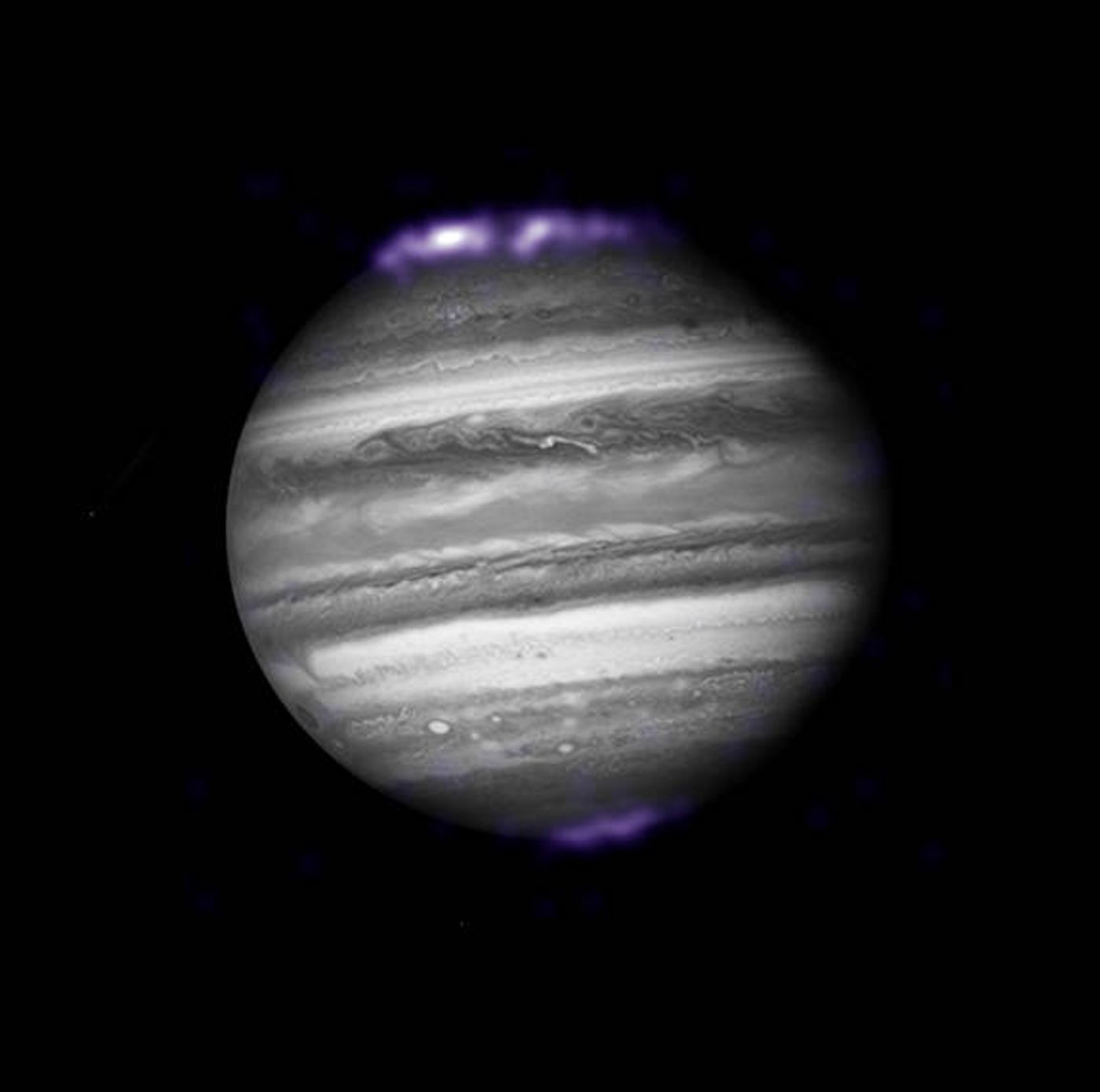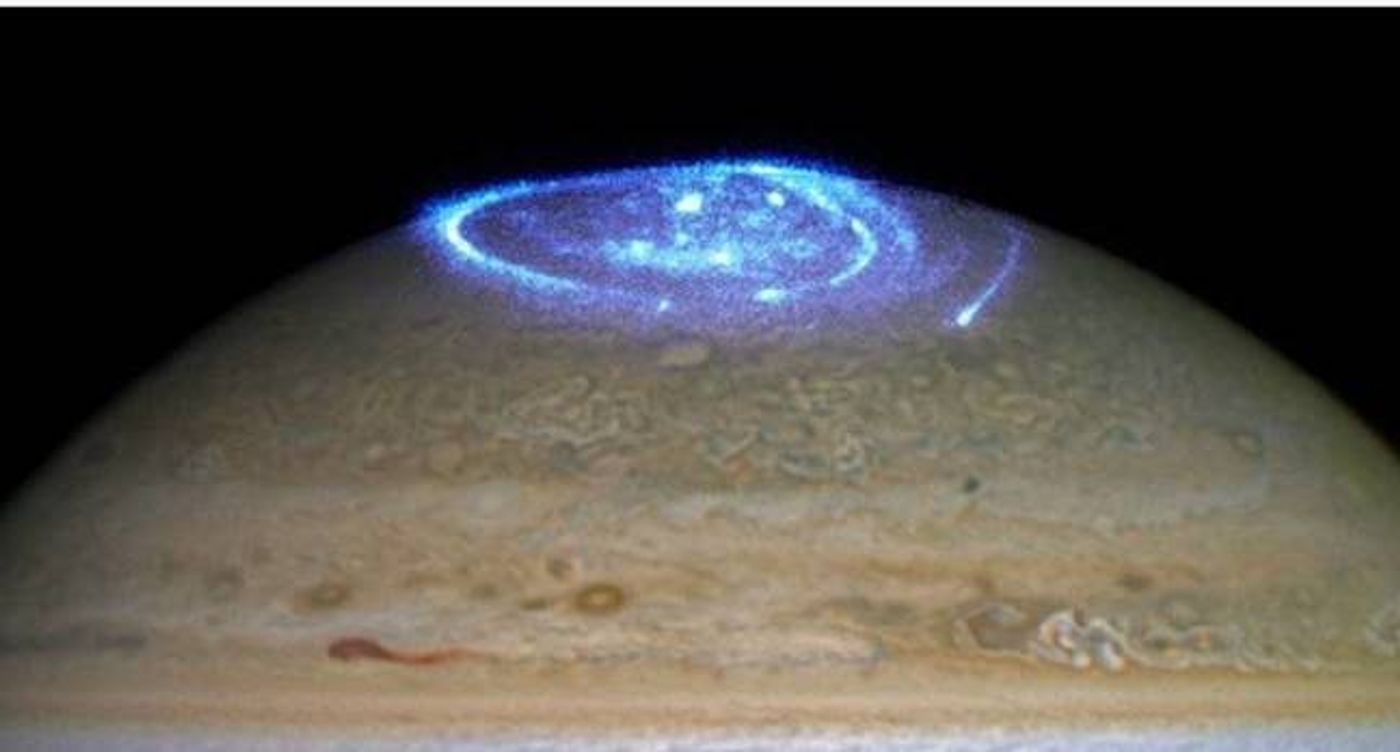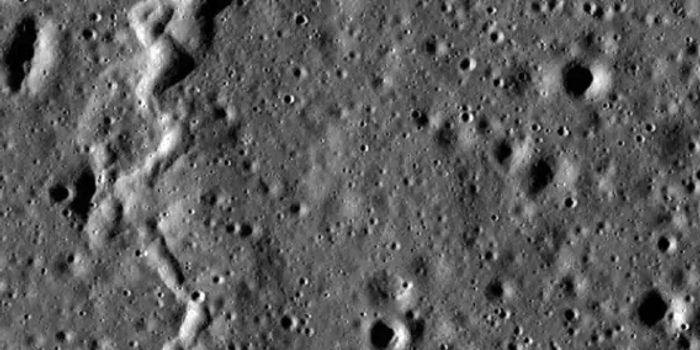Jupiter's Poles Give Off a Light Show Ahead of 4th of July
Jupiter has long been a mystery, and that’s why when NASA’s Juno spacecraft gets close to our solar system’s largest gas planet this Independence Day, we’re going to see just what Jupiter’s gassy atmosphere is really like.
Of course, right before Juno gets there, NASA’s Hubble Space Telescope just happened to find something interesting within the ultraviolet spectrum; the planet’s poles were demonstrating a very bright light show that looks similar to the Aurora Borealis here on Earth.

Image Credit: X-ray: NASA/CXC/SwRI/R.Gladstone et al.; Optical: NASA/ESA/Hubble Heritage (AURA/STScI)
“These auroras are very dramatic and among the most active I have ever seen”, says Jonathan Nichols from the University of Leicester, UK, and principal investigator of the study. “It almost seems as if Jupiter is throwing a firework party for the imminent arrival of Juno.”

Image Credit: NASA/Hubble Space Telescope
Jupiter’s auras are created by the entry of high energy particles into the planet’s gassy atmosphere, which then collide with atoms that reside there. They are hundreds of times larger and more energetically intense than those here on Earth.
They are very unique, because unlike Earth-like auroras, Jupiter’s keep on going...
NASA explains in a statement that Jupiter has two sources for its auroras; not only do charged particles slam into the planet’s atmosphere, but also from particles that get thrown by the planet’s impressively-powerful magnetic field that spins with the planet’s 10-hour rotation and meets friction as it moves.
This isn’t the first time that Jupiter’s aurora has been spotted; it was first seen in 1979 by NASA’s Voyager spacecraft, but the fact this has happened just as Juno’s arrival at the planet is expected, is quite the surprise for scientists who are closely monitoring the planet and Juno’s arrival.
When Juno gets there, it will attempt study the planet’s atmospheric composition, atmospheric pressure, gravitational effects, and magnetic field among other things. Before then, however, Juno faces the task of equalizing itself in Jupiter’s orbit, something that has never been attempted before.
Admittedly, some astronomers are a little wary about the insertion process and don’t yet know what to expect. It’s possible that the spacecraft could fail to place itself into orbit entirely due to the violent conditions.
Source: NASA via The Register








